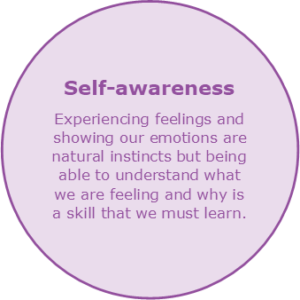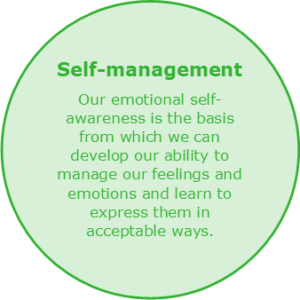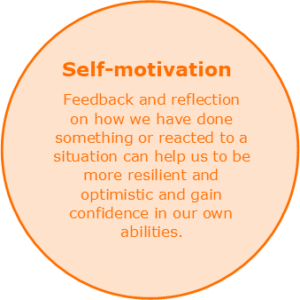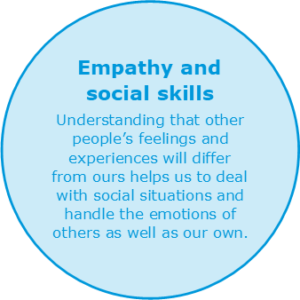Emotional Intelligence – what is it?
Emotional intelligence is defined as the ability to be aware of and recognise our emotions, understand and express them, and to realise how they affect those around us. Emotional intelligence is known to be a key factor in success in life, quality of relationships and overall happiness.
What type of emotions and feelings do we have?
Anger
Angry, irritated, mad, furious, upset

We can get angry for lots of different reasons. It can happen when we feel threatened or offended or when we can’t have something that we really want. Our children will often display anger and challenging behaviour when they are finding something difficult, confusing or uncomfortable but are unable to communicate the problem to us in other ways.
Sadness
Sad, unhappy, disappointed, depressed, hurt

Emotions themselves are not ‘good’ or ‘bad’. Everyone will, and should, experience being unhappy, down or disappointed at times. Learning how to recognise and respond to feelings of sadness in a positive way is good for our emotional health.
Fear & anxiety
Anxious, nervous, frightened, scared, tense

Fear can be a useful emotion when it stops us doing things that might be dangerous or bad for us. It works against us when it stops us doing important things that we need to do or when we are unnecessarily worried or fearful about what might happen to us. Being overly anxious affects our ability to focus, learn, and achieve things.
Happiness
Calm, satisfied, happy, relaxed, glad

When a child is happy, calm and relaxed they will be more able and willing to focus, listen, learn and communicate. We can help them by learning what they need and would benefit from in their physical and social environments in order to achieve that status.
Excitement
Excited, antsy, energetic, bouncy, aroused

When children have difficulties communicating, it’s easy to misinterpret their behaviour and wrongly identify the cause. For example, a child with autism may display repetitive motor behaviour such as flapping or spinning but they may need this sensory stimulation to deal with extremes of excitement and arousal as much as they do when overwhelmed by other emotions.
How to use a TomTag feelings tag-o-meter to develop the skills for good emotional intelligence





[…] The TomTag feelings tag-o-meter is a visual feelings thermometer that can be used to support the development of all the skills required for good emotional intelligence. […]